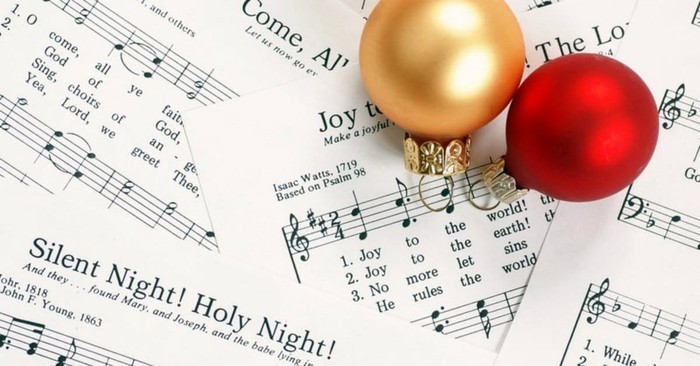With Christmas having become a real consumer holiday, the emblem of capitalism, I think it’s fair to take the time to remember the origins of Christmas by breaking down cliches and false myths.
1. Santa Claus dressed in red is Coca-Cola’s invention.
In 1931, the company Coca-Cola created its ad campaign with a big and joyful man dressed in red; he soon became a global icon and even more famous than the Kardashians! Actually, if we want to be specific, the common idea of Santa Claus as a red, happy, big man was already around, but Coca-Cola had the cunning of representing him first.
2. December 25th is not the birthday of Christ.
He was not born on December 25th, and he wasn’t even born in year 0! In fact, in the legend, it is said that Jesus was persecuted by Herod in the first years of his life, but studies say that Herod was already dead by 4 BC, so scientists have assumed that he was born between 7 BC and 4 BC.
The date should be wrong, because it’s hard to believe that an emperor could ask his people to undertake a journey that long in the middle of the winter. Another thing that makes people think that the date it’s wrong is the fact that the gospel mentions there was a herd of sheep, but again, it’s hard to believe that in the middle of the winter there is a herd of animals.
3. The Christmas tree comes from a pagan tradition.
For the pagans, the tree used to represent the life cycle through evergreen plants. Ancient Romans used to use it as decoration, symbolizing immortality. Pre-Christian peoples of Northern Europe hung wreaths of evergreen branches to drive away evil spirits, while Celtics used to celebrate it as a symbol of resistance to the cold winter. With the coming of Christianity, the tree gained new meanings, even if it maintained a few aspects of the pagan tradition. For example, during the Middle Ages, the trees used to be decorated with symbols of abundance, recalling the trees of the Garden of Eden. They then added the candles to symbolize the birth of Christ.
4. There were more than 3 wise men.
Since it doesn’t specify in the Bible, the exact number is unknown, but it is often assumed from the gifts—gold, frankincense, and myrrh. Due to this, people assumed they were just three men.
5. “Jingle Bells” had no connection with Christmas.
When it was published in 1857, the first title was “One-Horse Open Sleigh” and it was thought to be a song for Thanksgiving or even as a drinking song. After some decades, it became associated with Christmas.
And now that you know a few new things, you can be sure to make a good impression with your relatives at Christmas dinner, or sound intellectual with your friends.






